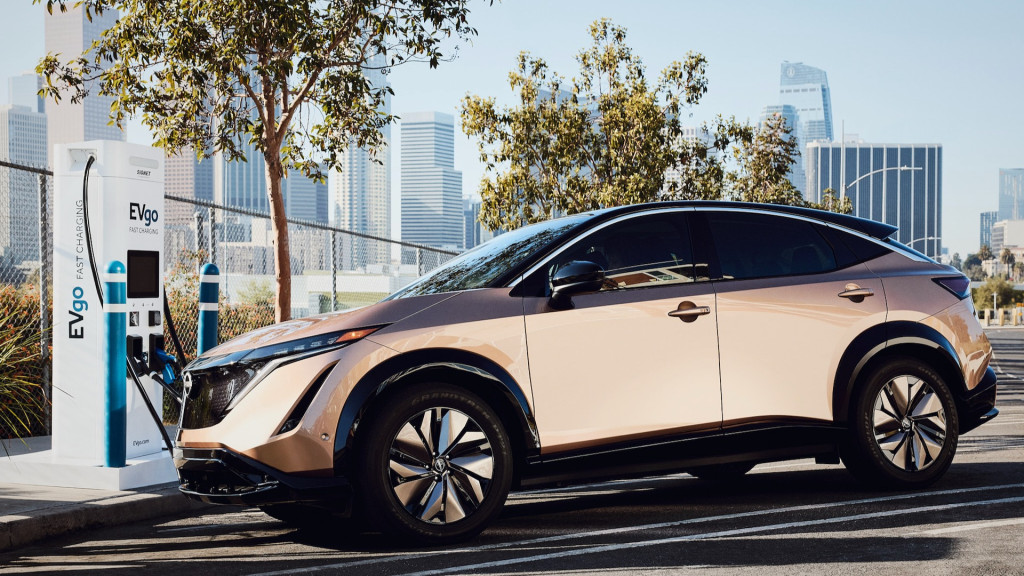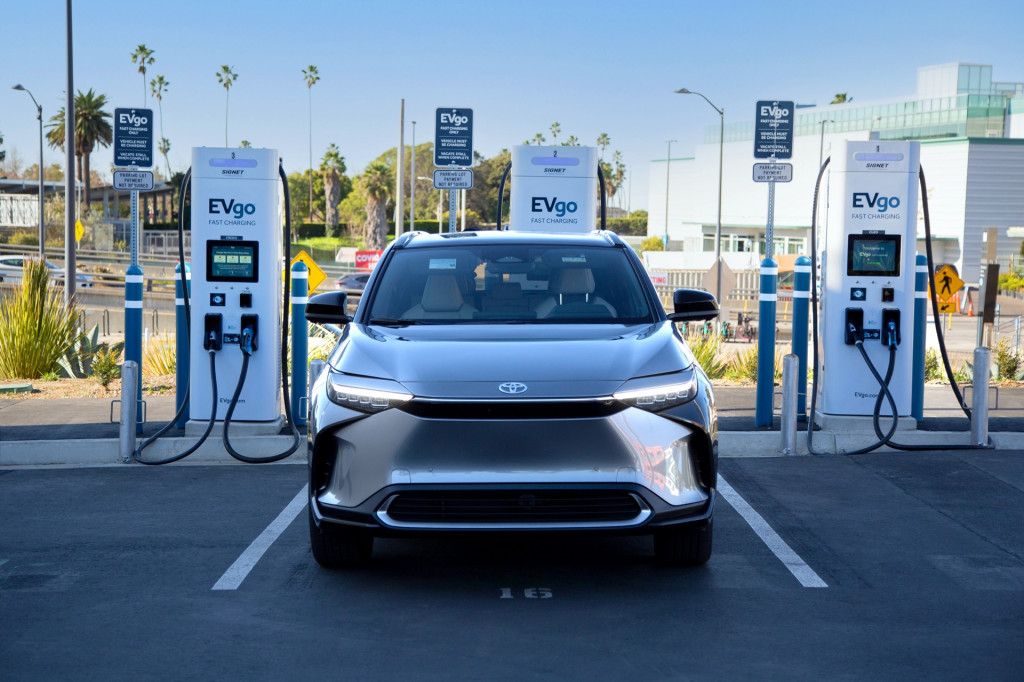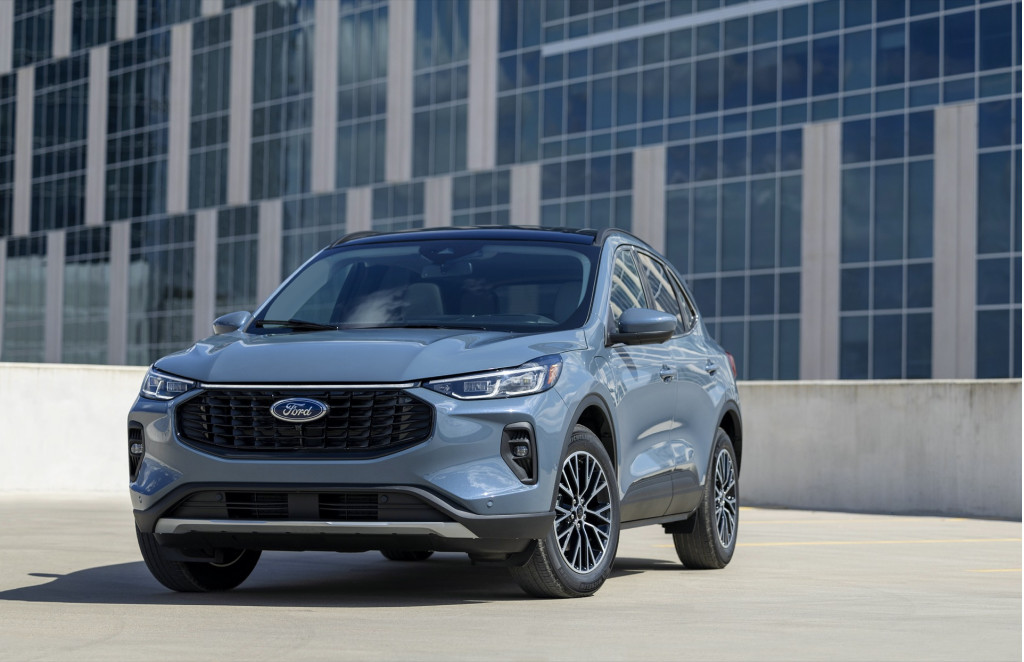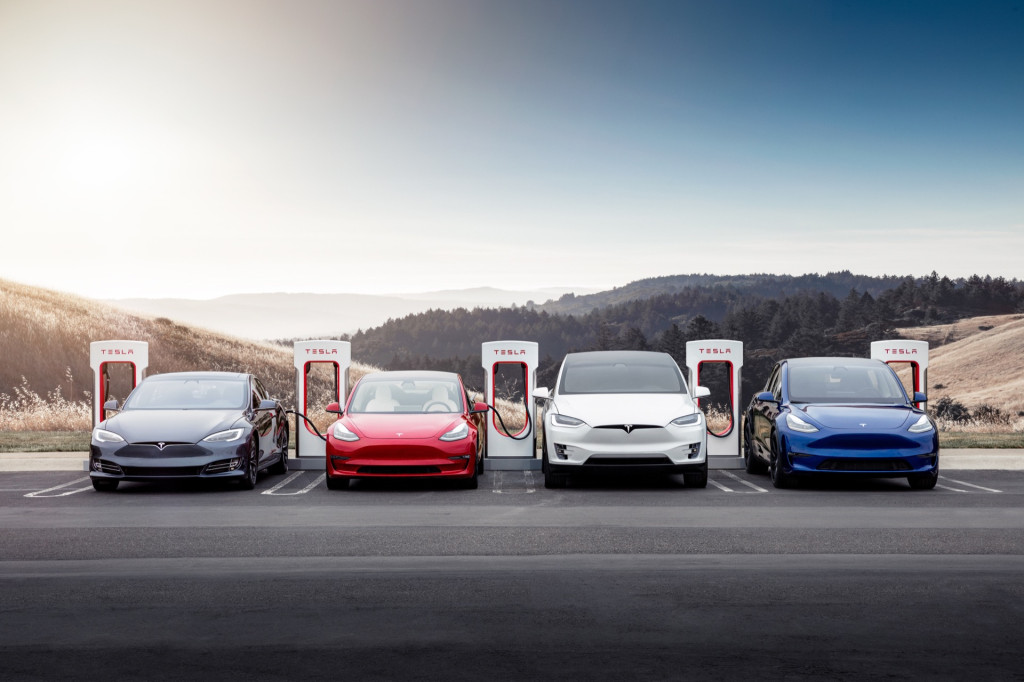Mercedes-Benz is recalling 7,362 EQB electric SUVs due to a battery issue that could lead to fires, and it’s asking customers to avoid fully charging until a remedy is implemented.
The recall covers certain 2022-2024 Mercedes EQB models that received battery cells from an early-production batch. These cells could be more vulnerable to internal short circuits under certain conditions, such as current ripples from charging equipment or damage to the battery pack, according to the NHTSA. That presents a fire risk both when the vehicle is being driven and when parked.
Owners will see a battery-malfunction warning message in the instrument cluster should any problems occur while driving, but there may not be any external indication of a problem when the vehicle is parked and shut off, the NHTSA noted.

2022 Mercedes-Benz EQB 300
Mercedes told the NHTSA that it was not aware of any fires or related warranty claims in the U.S., but that it first became aware of the problem through reports of fires in other markets. Changes in the manufacturing process used by the battery supplier to address the issue have been implemented in vehicles manufactured after Jan. 24, 2024, Mercedes said.
Owners of vehicles manufactured before that date must take them to dealerships, where updated battery management software will be installed free of charge.
In the meantime, Mercedes instructs owners not to charge beyond 80% battery capacity. Given its 2024 range ratings of 205 to 251 miles, depending on the version, that limits its usable range to less than 200 miles if you leave a few miles left when plugging in.
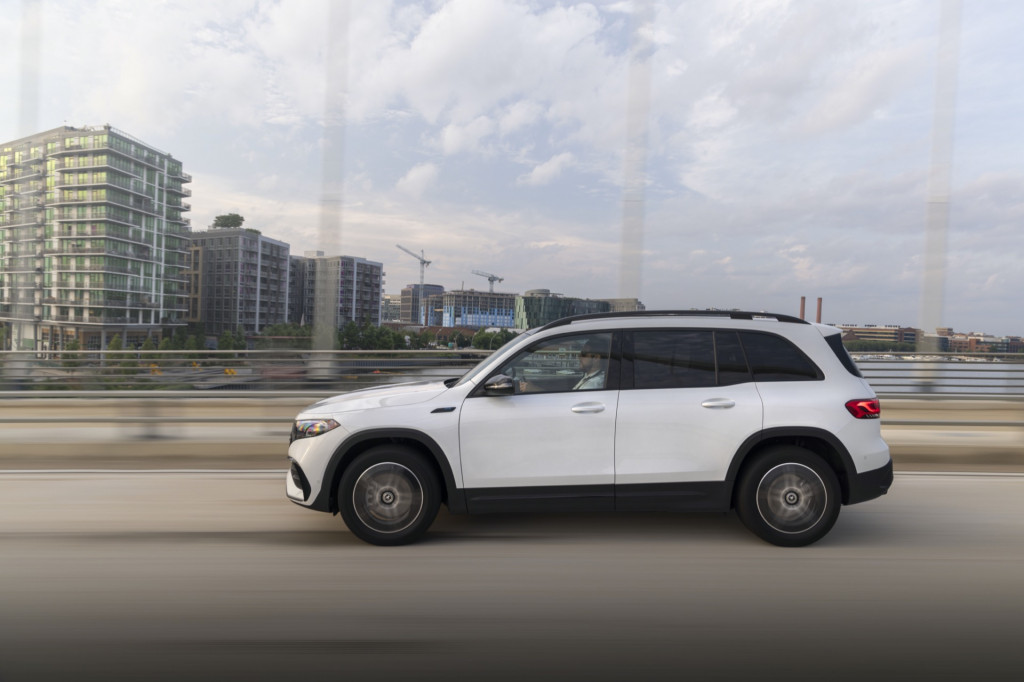
2022 Mercedes-Benz EQB 300
Mercedes plans to notify owners by mail beginning Apr. 1. Owners can also call the automaker’s customer service department at 1-800-367-6372 for more information.
Introduced for the 2022 model year, the EQB applies an electric powertrain to the GLB-Class crossover, preserving that model’s boxy profile and thus standing out in a market segment dominated by teardrop-shaped crossovers. It received a refresh for 2024 that brought a larger standard touchscreen and Plug and Charge compatibility, while keeping that distinctive shape.








